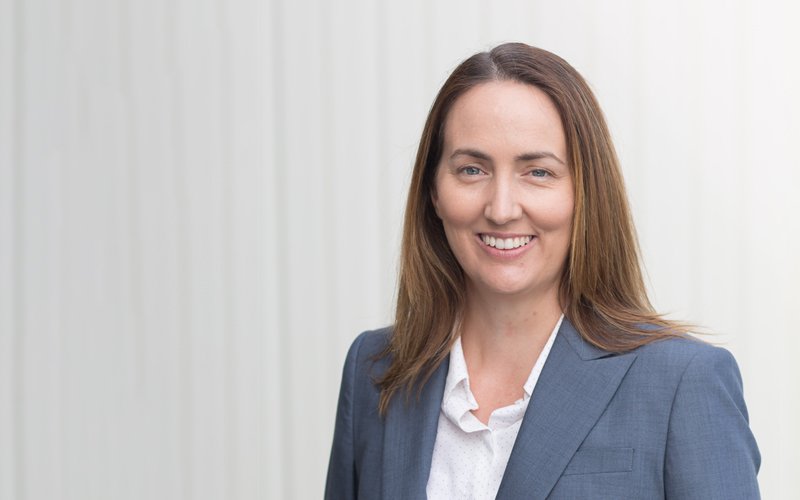21 Mar 2023
New Fellow Michelle Grant says working in regional New Zealand has kept her focused on the core principles of seismic design and engaged with the community that relies on the engineering industry to keep them safe. She enjoys being able to pick up a calculator and dive into a design.
After graduating, Michelle was a site engineer in construction, working in project management on large-scale infrastructure projects, which provided a great grounding for both the design of structures and the skills needed for running her own company. Her structural engineering career started in 2008, working on residential and commercial projects in regional New Zealand. She's been active with the Structural Engineering Society of New Zealand (SESOC) management committee since 2016, becoming Vice President in 2019 and President 2021 – February 2023. Throughout 2022, she was a regular guest on RNZ Nights, presenting engineering insights.
What attributes make you a good leader?
Communication. I am always interested in talking and connecting with people and hearing their stories and challenges. I enjoy the teaching and training aspect of being a leader and used my time as SESOC President to encourage the sharing of learnings and more conversations around day-to-day engineering matters.
At the end of each day, what tells you whether you’ve been successful?
If I can feel satisfied with the work I have done, and feel like I have made a difference, this tells me I’ve been successful.
What inspired you to become an engineer?
My father, who is a civil engineer. I remember following him to different job sites when I was younger – from building sites to underground tunnels and water reservoirs. It was always interesting and sparked my curiosity for what engineering is all about.

Image: Michelle Grant
Who opened a key door for you?
I was lucky enough to be mentored by the late George Butcher, a retired engineer who was a founding member of the New Zealand Society for Earthquake Engineering (NZSEE). His understanding of the fundamental principles behind seismic design helped shape my understanding. George encouraged me to become involved with our professional organisations, such as Te Ao Rangahau, SESOC and NZSEE. He co-wrote my first technical paper with me, and his encouragement and support gave me the confidence to get involved.
How do you connect your work with a sense of greater good?
As engineers, we’re so lucky because the work we do can make such a difference. It is so satisfying to know I am helping to make sure our buildings and other structures are safe.
What mistake have you learned the most from?
Trying to be everything to everyone all at the same time. Prioritisation and time management are skills that require constant work. However, when I get it right, it allows me to be a better manager, and to ensure my clients have the right expectations.
How do you approach a difficult conversation with someone you lead?
It’s important to remember we are all human and trying our best. The past few years haven’t been easy and everyone has their own personal struggles.
If a difficult conversation is needed, I try to put myself in the other person’s position and understand why we are having the conversation in the first place. The peer review process means we are an industry that requires constant feedback to our peers and colleagues. I always approach these conversations as a chance to understand the other person’s perspective.
What questions have you been asking yourself lately?
The philosophy around seismic design for low-rise structures, particularly considering our evolving understanding of our seismic hazard. I’ve been contemplating how we apply capacity design for low-rise structures, and what increases in hazard may mean for the design of the more common types of structures we are designing every day.
This article was first published in the March 2023 issue of EG magazine.




